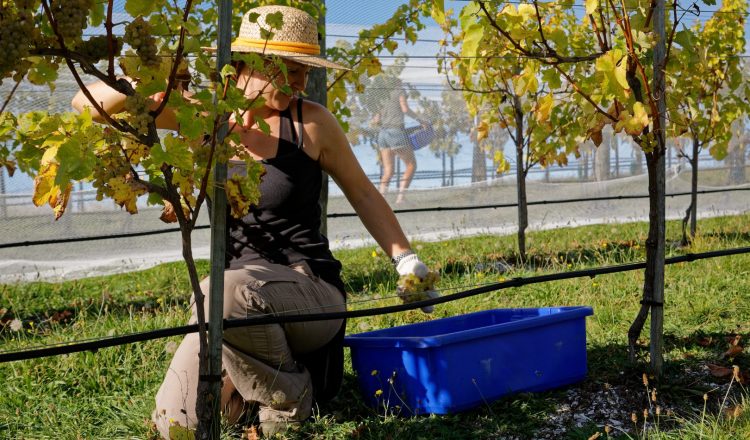자기소개(cover letter)작성법
취직을 하려면 자기소개서를 잘 쓰는 것이 매우 중요합니다. 자기소개서에는 자기만의 기술과 능력을 어필할 수 있으며 이력서보다 조금 더 개인적인 내용을 담을 수 있습니다.
조사
지원하고싶은 회사 조사부터 시작하세요. 이 정보를 바탕으로 자기소개서를 맞춤화할 것입니다. 회사가 무엇을 하고 있는지, 경쟁업체가 누구인지, 고객층이 누구인지 살펴보세요. 또한 직무 기술서를 통해 어떤 역할이 관련되는지, 필수 직무 기술이 무엇인지 파악합니다.
이 작업을 완료하면 본인이 가지고 있는 기술과 회사가 원하는 기술을 맞춰서 자소서를 채웁니다.
자소서는 이렇게
자기소개서는 간결하고 요령 있게 작성해야 하며 너무 길면 지루해집니다. 그림은 넣지 말고 읽기 편한 글꼴을 선택하되, 전문적으로 보이지 않는 글꼴은 피하십시오. 명확한 문단을 사용하고 A4 글쓰기의 절반 정도를 목표로 적으세요.
자기소개서를 다른 사람에게 보내는 것입니다. 먼저 담당자 이름이 나와있는지 구인정보를 다시 확인해보세요. 만약 담당자 이름을 모르면 그냥 ‘Dear Sir/Madam’으로 시작하세요.
자기소개서를 어떻게 구성해야 하는지 정해진 규칙은 없지만, 여기에 대략적인 지침이 있습니다.
첫 번째 단락 — 지원 경로
간략한 직무 역할과 어디서 이 구인정보를 봤는지 설명합니다. 만약 누군가의 추천을 받았다면, 그 사람이 누구인지 반드시 언급하세요.
두 번째 단락 — 내가 적임자인 이유
해당 분야와 직무와 관련한 경력 및 학력을 기재합니다. 구인정보에 나열된 스킬을 참조하는 것이 가장 좋으므로 직무기술서를 한 번 더 숙지하세요.
세 번째 단락 — 무엇을 기여할 수 있는가
자신이 보유한 능력을 통해 회사에 어떻게 기여할 것인지 이야기합니다. 전 직장에서의 성공 사례 예시를 들면 좋습니다.
네 번째 단락 — 요약
이 마지막 단락에서는 지원 사유와 왜 자신이 적임자인지에 대해 다시 한 번 강조하세요. 면접 때 만나뵈면 좋겠습니다 정도의 언급도 괜찮습니다.
맺음말
서명 시, 채용 관리자의 이름을 알고 있으면 ‘Yours sincerely’, 모르면 ‘Yours faithfully’로 적고, 그 다음 자신의 이름을 적어야 합니다.

















































